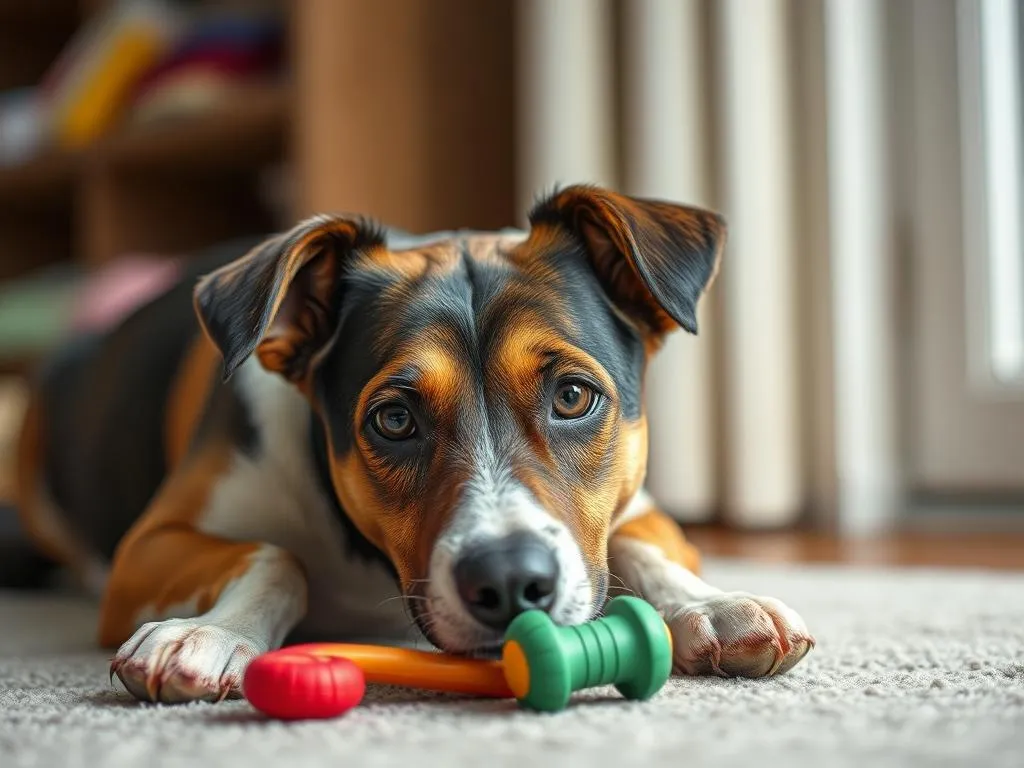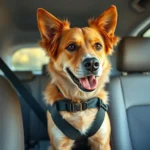
Dogs are known for their playful nature, often seen bounding after balls or tugging at ropes. However, many dog owners find themselves perplexed when their furry friends show little to no interest in toys. This common concern raises an essential question: why doesn’t my dog like toys? Understanding this behavior is crucial, as playtime is not just a source of entertainment but also vital for a dog’s mental and physical well-being.
Understanding Dog Behavior
Canine Instincts and Play
To truly understand your dog’s aversion to toys, it’s important to consider their evolutionary background. Dogs are descendants of wolves, and play behavior is rooted in their instincts. Play serves as a way for puppies to learn vital skills such as hunting, social interaction, and coordination. In the wild, these skills are crucial for survival, and playtime helps dogs develop and refine them.
As dogs grow, play continues to play a significant role in their development. It promotes socialization, allowing them to engage with other dogs and humans. Recognizing that play is an inherent part of a dog’s life can help you understand why not liking toys might indicate something deeper.
The Importance of Play for Dogs
The benefits of play for dogs extend beyond mere enjoyment. Play is essential for physical health, aiding in exercise and weight management. Engaging in play helps dogs burn off excess energy and maintain healthy body weight, which is particularly important in preventing obesity-related health issues.
Moreover, mental stimulation gained from play can significantly impact a dog’s behavior and mood. When dogs engage in play, they release endorphins, which enhance their mood and overall well-being. Therefore, understanding why your dog may not be interested in toys is crucial, as it directly affects their physical and mental health.
Reasons Why Your Dog May Not Like Toys
Personal Preferences
Just like humans, dogs have unique personalities that affect their preferences. Some dogs may be naturally more reserved or indifferent to toys. Additionally, breed characteristics play a significant role in determining a dog’s play behavior. For instance, working breeds may prefer tasks over toys, while retrievers might be more inclined to chase and fetch.
Past Experiences
A dog’s past experiences can heavily influence their behavior towards toys. If a dog has had negative experiences, such as loud noises associated with a toy or pain from a toy, they might develop an aversion. Furthermore, dogs adopted from shelters may come with behavioral issues stemming from neglect or abuse, making them hesitant to engage with toys.
Health Issues
Health problems can also play a critical role in a dog’s interest in toys. Common issues such as dental pain, arthritis, or other conditions may cause discomfort when playing. If you notice your dog shying away from toys, it’s essential to keep an eye out for signs of health issues, such as changes in eating habits, limping, or excessive whining.
Environmental Factors
The environment in which a dog lives can significantly impact their play behavior. A lack of space, constant distractions, or a chaotic household can deter a dog from engaging in play. Additionally, if there are other pets in the home that dominate playtime or do not play well with toys, your dog may feel discouraged to participate.
Identifying Your Dog’s Play Style
Types of Play Styles
Understanding your dog’s play style is vital in determining why they may not like toys. Dogs engage in various play styles, such as fetch, tug, or chase. Observing your dog’s body language during playtime can provide insight into their preferred style.
For instance, if your dog enjoys chasing after a ball but seems uninterested in tug-of-war, it’s essential to focus on activities that align with their preferences. Recognizing these nuances can help you select the right toys that pique their interest.
Finding the Right Toys
Once you have identified your dog’s play style, selecting the right toys becomes easier. Here are some tips for choosing toys that match your dog’s preferences:
- For Fetch Lovers: Opt for balls, frisbees, or flying discs that are easy to throw and catch.
- For Tug Enthusiasts: Rope toys or tug toys can provide the right level of challenge and engagement.
- For Problem Solvers: Interactive puzzles or treat-dispensing toys can stimulate their minds and keep them occupied.
By aligning toys with your dog’s play style, you can increase their interest and encourage them to engage in play.
Encouraging Playfulness in Your Dog
Engaging Your Dog with Toys
Introducing toys to your dog in a fun and engaging manner can make a difference in their interest level. Start by making the toy part of a game. Use treats or praise to encourage your dog to explore the toy. For example, toss a toy a short distance and encourage your dog to fetch it. If they show initial interest, reward them with treats or playtime.
Creating a Positive Play Environment
The environment can significantly impact your dog’s willingness to engage with toys. Create a designated play area free from distractions. This space should be safe and comfortable, allowing your dog to focus on play. Incorporate positive reinforcement techniques by rewarding your dog when they show interest in toys or engage in play.
Alternative Activities
If your dog remains uninterested in toys, consider alternative activities that can stimulate their mind and body. Agility training, scent work, and obedience training are excellent ways to engage your dog without relying solely on toys. Regular exercise and socialization are crucial for a dog’s overall health and happiness, so find activities that fit your dog’s personality and energy level.
When to Seek Professional Help
Signs That Intervention is Needed
If your dog’s aversion to toys persists despite your efforts, it may be time to seek professional help. Look for indicators that suggest deeper behavioral issues, such as excessive anxiety, aggression, or extreme shyness. In such cases, consulting a veterinarian or a professional dog trainer can provide valuable insights and guidance.
Resources for Owners
Many resources are available for dog owners seeking to understand their pets better. Consider reaching out to local trainers, behaviorists, or veterinarians who specialize in canine behavior. They can offer personalized advice and strategies tailored to your dog’s specific needs.
Conclusion
In summary, addressing the question why doesn’t my dog like toys involves a comprehensive understanding of various factors, including personal preferences, past experiences, health issues, and environmental influences. By observing your dog’s behavior, identifying their play style, and creating a positive environment, you can encourage your dog to engage in play.
Patience and attentiveness are key as you navigate your dog’s unique preferences. Take the time to explore different toys and activities that excite them, and remember that play is an essential part of their overall well-being.









